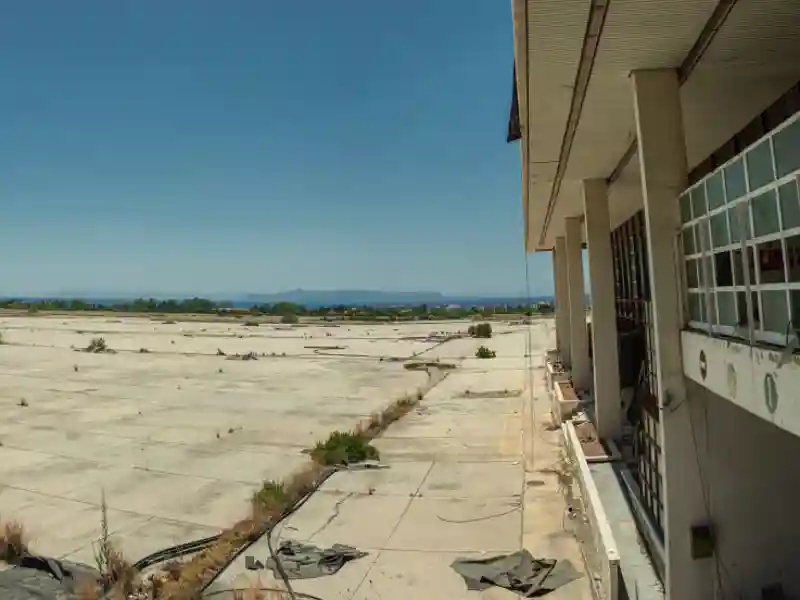
In the third of installment of our four key issues impacting trade credit risk over the next year, we look at how the changing credit, economic and Covid environment will impact high risk 'zombie companies.'
One of the largest global airlines is one. Most of their planes are provided by a global manufacturer that is one as well.
So: what is a 'zombie company?'
Generally, a zombie company is identified as a business in operation for over 10 years that generates just enough cash - or not quite enough cash - to service its large debt obligations (OECD). These firms will have a debt coverage ratio of less than one.
This term was coined in large part for Japanese firms that survived the crash of the 1980s through debt support and, recently, those Chinese conglomerates or real estate companies that access debt often through state backed lenders. These zombie companies - often household brands - should not be confused with newer technology firms that have yet to achieve profits which are a different type of risk.
Blomberg estimated in late 2020 that the amount of zombie firm debt in the US Russell 3000 index had risen c. 25% to nearly $2 Trillion '” higher than the 2008 great financial crises (GFC). Many Toronto Stock Exchange listed firms also exhibit these traits. At the time of writing, 25% of the number of listed firms in the Russell 3000 meet the zombie criteria.
This does not include the large and medium sized private companies that remain hidden from view.
Zombie companies' marginal or negative profitability leads to lack of investment in productivity gains and periodic asset sales to survive. These firms lack solvency but manage to maintain or increase borrowing at the goodwill of lenders '” for now.
With current low interest rates, government support programs and financial market liquidity, the debt has expanded. It is likely this appetite in the financial markets will change as profitability of the borrowers further decline with inflation-driven higher interest rates.
Where to Spot a Zombie
A NY Federal reserve study shows some concentration in the manufacturing, mining and food sectors and not just the high profile retail sector known for insolvencies. Worldwide it is estimates 10% of firms are in this category.
Both the Federal Reserve of NY and the Bank of Canada are cautious that the weighting of risk in these firms could lead to systemic failures if lenders choose to exit or call loans or if zombies pursue bankruptcy protection as a tool to resolve their debt issues. This comes at a huge cost to creditors, especially those with unsecured trade receivables.
History shows that many of these firms emerge from bankruptcy, only to again become indebted and zombie-like.
Case Study: International Engineering Firm ('Engfirm') and the Impact of the Pandemic
A client that credit insures their receivables has increasing concentration of sales with the USA and Canadian subsidiaries of a large European multinational engineering firm. Engfirm is 35% of the policyholders receivables now.
The 2020 financial statements show that profitability declined with a lower gross profit margin. Financial ratios that were weakening prior to 2020 quickened a move to new debt finance arrangements. At a large cost to the firm, debt was refinanced at a much higher fixed interest rate for 1 - 3 years with the support of government programs. The Ratings Agency that provided analysis to investors downgraded the Engfirm's credit rating.
Credit Insurers that support sales into Engfirm began to revaluate coverage going forward but were questioning whether to continue coverage on the subsidiary companies.
The underwriters reviewed the individual North American subsidiary financials but despite a generally good profile some flags were raised:
- What if support measures from lenders are withdrawn?
- How good are the local cash-flows for supporting operations and funding and what downstream customers are they dependent on for business (i.e. impact on income of a major bad debt spike from a client default)?
- Despite solid foreign ownership, would the group look to bankruptcies in North America to limit the drag on the parent company and European operations?
- Such resolutions being easier to effect with the USA and Canadian bankruptcy code.
The process with the insurer has been to continue periodic reviews and match support to the order flow. Dialogue with Engfirm has been stepped up and all the subsidiaries have been linked for oversight. The policyholder will benefit from the early warning that would be triggered if the insurer, who has multiple suppliers selling into Engfirm worldwide, sees a deterioration in past dues reported.
With NFP's client having 90% coverage on Engfirm receivables and inventory, the client sees the partnership with NFP and the insurer in maintaining cover as a valuable competitive tool to continue to sell to Engfirm on competitive payment terms.
Bringing It All Together
With the 'zombie company' labeling, it could be seen as an overstatement of credit risk in the recent cheap credit environment, could the lenders really be so wrong as to sustain their supply of loans?
For an unsecured creditor, the consequences of insolvency can be severe. Big does not always equal good quality risk and longevity is not a predictor of future results.
The recent highly-liquid, low-interest rate environment has fuelled leveraged acquisitions and created more zombies than before. The coming higher inflation-driven interest rate environment and elimination of COVID-related government subsidies will yank the lifeline from many zombies.
We would like to discuss your credit risk profile further and where NFP expertise can support your credit sales and protect your profit. The benefits from predictable results and improved advanced rates supported insured receivables can easily offset the cost of premium.
The zombies will not harm the well prepared.
For more information, please contact Tom Leonard at tom.leonard@nfp.com or Russell Parker at russell.parker@nfp.com.